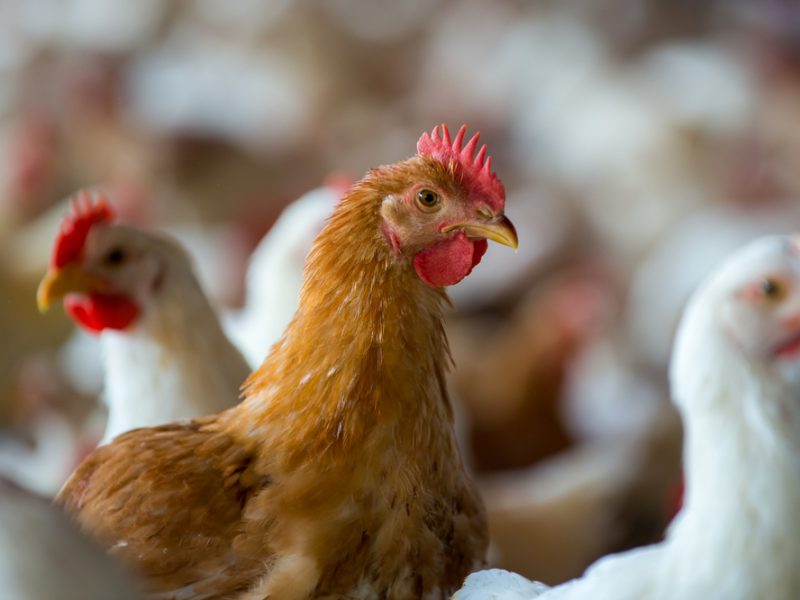The European Commission and international health agencies are closely monitoring a growing incidence of avian influenza in mammals. Despite the low risk, the Commission says it is prepared to act in case human-to-human transmission starts.
The European Centre for Disease Prevention and Control (ECDC) and the World Health Organisation (WHO) have reported an increase in the number of avian influenza A(H5N1) cases affecting mammals in Europe since the start of the year.
This type of influenza has its origin in birds but in recent months, it has been seen in a growing number of mammals, like foxes and cats—which are biologically closer to humans than birds are. This raises concern that the virus might adapt to infect humans more easily, WHO warned.
A European Commission spokesperson told EURACTIV that they are in regular contact with national authorities to coordinate the approach and support them with prevention, containment, control, and eradication of the disease in poultry.
“The Commission remains in contact with member states and is ready to react very quickly should the situation evolve,” the spokesperson said.
Low risk for humans but Commission is ready
Avian influenza virus detections in humans have been reported, but remain very rare, with eight cases reported since December 2021. Infections in humans can cause severe disease with a high mortality rate. The human cases detected thus far are mostly linked to close contact with infected birds and contaminated environments.
Therefore both the WHO and ECDC assess the current risk of infection to the general public as low.
“With the information available so far, the virus does not appear to be able to transmit from one person to another easily, but vigilance is needed to identify any evolution in the virus that can change that,” said Sylvie Briand, director of epidemic and pandemic preparedness and prevention at the WHO.
ECDC also assessed the current risk of infection for the general public as low, and low to moderate for those exposed to avian influenza-infected animals, for example, workers on poultry farms that have experienced outbreaks.
Studies are underway to identify any changes in the virus that may help the virus to spread more easily among mammals, including humans.
The Commission had already considered the threat of an avian flu pandemic in humans in 2019. Back then it organised a joint procurement contract for pandemic influenza vaccines with Seqirus and GSK, which will still be relevant now.
“This joint procurement will ensure that the companies deliver pandemic vaccines to the participating member states in the event of an avian influenza strain causing a pandemic”, the spokesperson added.
Growing risk in mammals
In recent months, health authorities from different European countries have reported a number of cases of mammals infected with avian influenza.
In December 2022, the French Agency for Food, Environmental and Occupational Health and Safety (ANSES) reported an infected farm cat, exposed during an outbreak in a poultry farm.
On 19 July, the Finnish Food Authority reported that avian influenza was confirmed in ten fur farms hosting blue arctic and silver foxes and on 5 July, in Italy, the Ministry of Health reported five dogs and a cat from a rural poultry farm that had recently experienced an influenza outbreak, according to ECDC.
The most worrying case is the latest one in Poland, where the WHO’s National Focal Point notified on 27 June of unusual deaths in cats across the country. So far 29 cats have tested positive for avian influenza in the past month.
Among the identified people in contact with the Polish cats, no one has been infected as the surveillance period has been completed.
The WHO reported that sporadic infection of cats with this type of influenza has previously been reported but this is the first case of a high number over a wide geographical area within one country.
According to the ECDC, the specific case of Poland is raising concerns as the source of infection has not been identified and the possibilities of transmission between cats and humans still remain.
From the information gathered so far, there is no evidence of human-to-human transmission in any of these cases.
Health agencies called for awareness among the general population to prevent exposure to sick or dead seabirds or mammals, and also warned pet owners to be vigilant in case their animals experience any symptoms.
[Edited by Giedrė Peseckytė/Zoran Radosavljevic]



